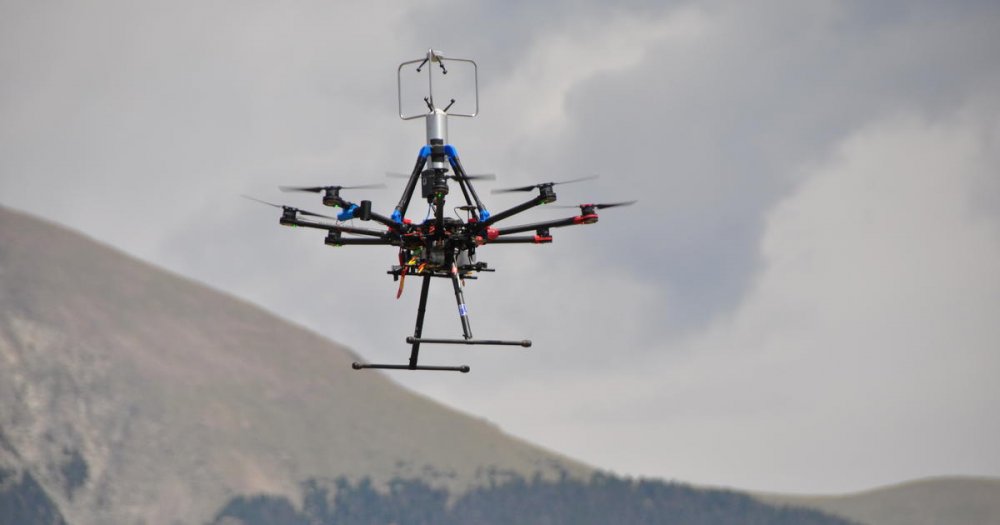Other Pages
- Opinion Poll
- About Us
- Send Your Story
- Contact Us
- Newsletter
- Privacy Policy
- Terms and Conditions

In the past weeks, floods destroyed more than 300 homes in Jalingo, Taraba State in North-Eastern Nigeria. Roads have been swamped in different parts of the country, including Ogun State and Lagos, the commercial capital of the country.
The internet and social media are also replete with images of destruction from the floods around the country.
Flood is the most common natural disaster in Nigeria; it is a temporary overflow of water onto land that is normally dry.
Nigerians have always feared floods and with a good reason. The flood predictions indicated that parts of 121 LGAs in 27 States and the FCT fall within the highly probable flood risk areas, while parts of 302 LGAs in all the 36 States of the Federation including the FCT fall within the moderately probable flood risk areas. The parts of the remaining 351 LGAs fall within the low probable flood risk areas. However, the predicted probable flood area coverage in 2021 is expected to be similar but lower in magnitude to that of 2020.
The Director-General Nigeria Hydrological Services Agency, Engr. Clement Nze, said in a press release recently that the highly probably flood risk states are Lagos, Nassarawa, Anambra, Imo, Abia, Kwara, Yobe, Ekiti, Ogun, Delta, Taraba, Ondo, Enugu, Kaduna, Rivers, Ogun, Borno, and Katsina.
Nze noted that all the flood occurrences were triggered by poor drainage systems as localized rainfalls produce flash/urban flooding, while River and Coastal flooding are yet to take place.
In addition, some coastal States such as Bayelsa, Delta, and Lagos are expected to experience coastal flooding due to rise in sea level and tidal surge and this could impact fishing, habitation, and coastal transportation.
READ ALSO: Singapore May Need Foreigners For Technology Jobs
By leveraging technological solutions such as the ones described below, the country can reduce the impact flooding has on the country’s economy.

Collaboration with mobile phone networks providers to make provisions for Wireless Emergency Alerts by the authorities is a viable way of preventing crisis that comes from flooding. WEA will send warnings if there’s a danger to life nearby such as severe flooding.
In an emergency, phones or tablets will receive an alert from the emergency services, government departments, agencies, and public bodies that deal with emergencies with advice about how to stay safe. These networks can also help authorities communicate easily with one another and with imperiled communities over social media.
READ ALSO: 5 Best Smartphones For Women 2021

Surveillance technology such as drones, or unmanned aerial vehicles (UAVs) provides ground crews with an “eye in the sky” that allows them to gain a full picture of the flooding, including which areas are most affected and where emergency responses may be required. This tech solution would help in mitigating the impact floods have on residents in the future. Underwater drones can also help responders examine infrastructure and coordinate rescue efforts in heavily flooded areas.
Flood forecast maps are used to determine which areas are most at risk of flooding using remote sensors, elevation, proximity to bodies of water, and other topographical data. This tech solution is also employed in evaluating if and when to rebuild infrastructure after a natural disaster, as some areas may have become too dangerous to accommodate homes and businesses after such incidents.
The map enabled German security operatives to launch a successful rescue operation on 15 July.
Water-gate is a clever PVC device that uses the pressure of oncoming water to stabilize itself. This essentially means that the floodwaters are used to build their own dam.
While more expensive than sandbags, it has been proven to be a highly effective means of containing flood damage. A single person can deploy the water-gate in a few hours to protect a home while larger devices can be used to protect entire areas.
0 Comment(s)